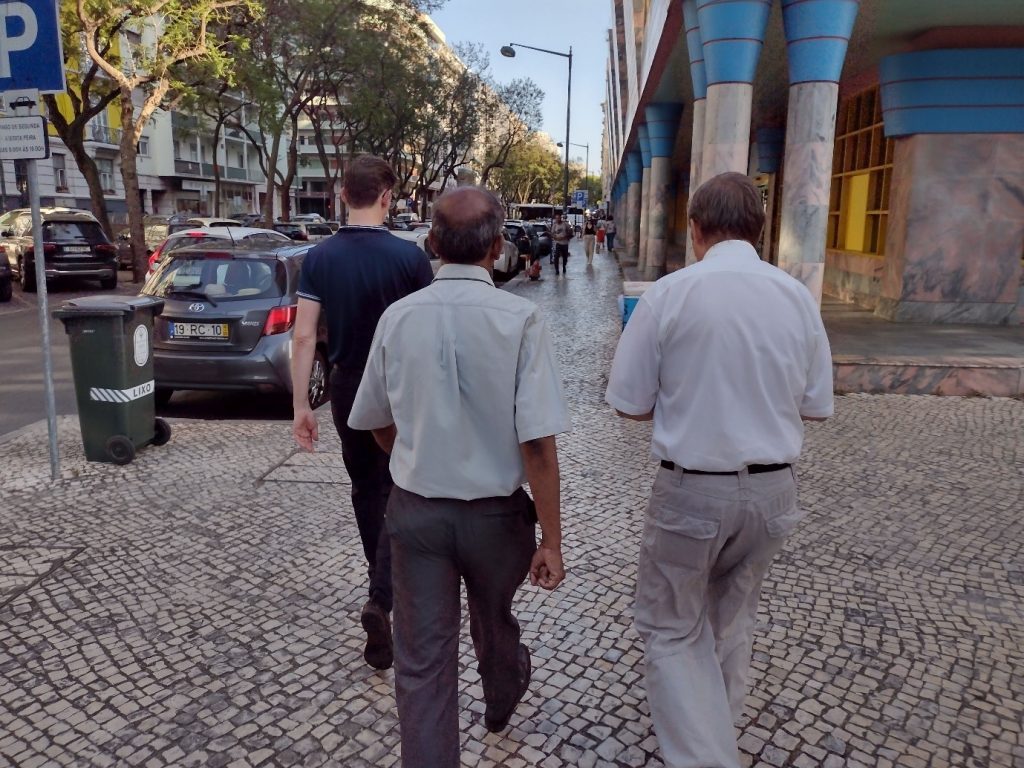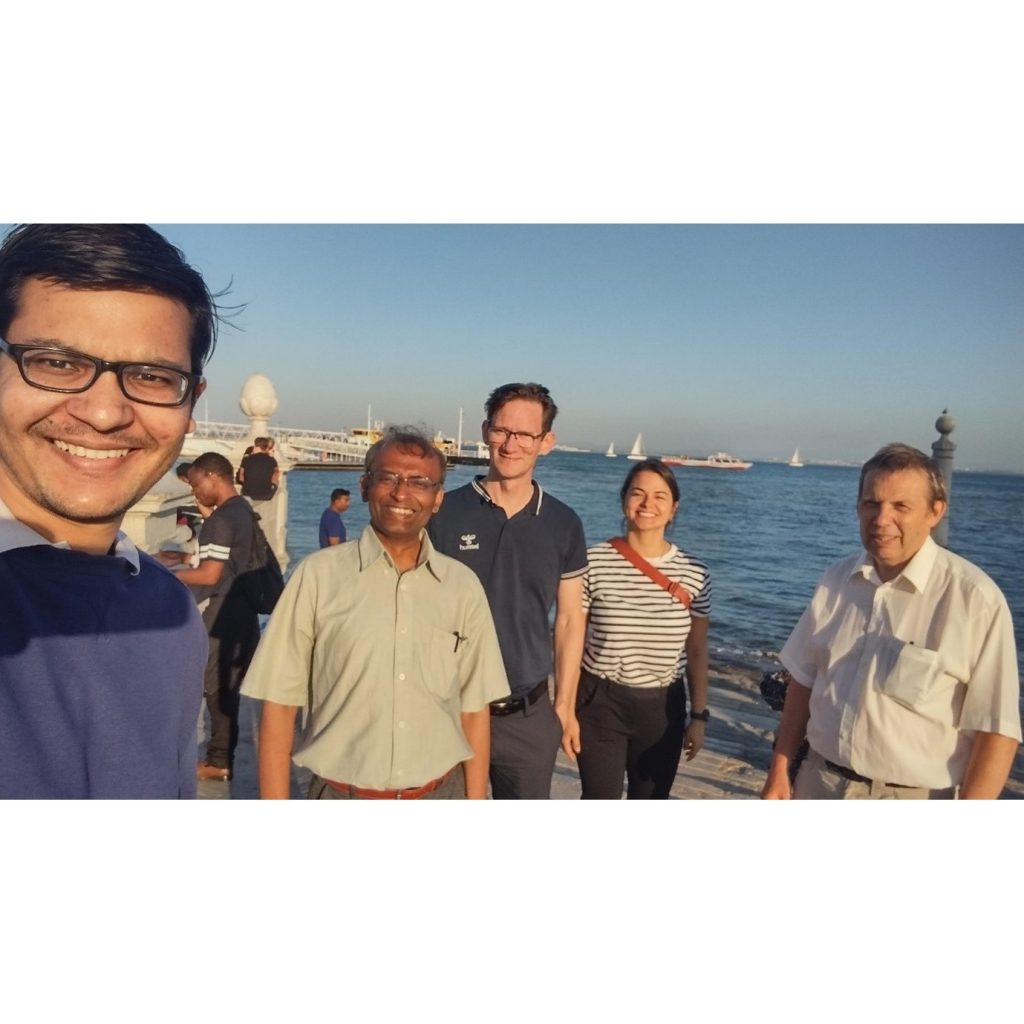The 10th international Conference on Wave Mechanics (WMVC 2022) was held in Lisbon, Portugal from 4th to 6th July 2022. The conference was held with the aim to have a significant impact on the development of contemporary analytical, numerical, and experimental methods in wave mechanics and vibration technology and create an opportunity for opening a forum for discussion and collaboration amongst the participants, hailing from variety of disciplines.
Milena (ESR3) presented her work on the simulation and experimental estimation of the free wavenumbers for helically grooved tubes. It mixed numerical and experimental approached to bring to light an interesting dynamic behaviour of helically grooved tubes, which were of initial interest of and provided by Vestas aircoil. The conference paper can be found here.
Additionally, given the multidisciplinary approach of InDEStruct, which integrated the different areas of optimization and material science with the topic of vibrations, this conference proved to be a perfect stage for dissemination of the InDEStruct project, to people from both academia as well as industry. Thus, the WMVC 2022 also hosted an InDEStruct Mini symposium, which contained presentations from all ESRs and the coordinator of the project.
It started with an introduction by Prof Atul Bhaskar (former InDEStruct Project and ESR training manager), which highlighted the main goals of the project, followed by the presentations of the ESRs.

Atul Singh (ESR1) presenting approaches for optimization in the context of a whole engine.
Kevin and Milena (ESRs 2 and 3) talked about “Modal analysis of heat exchangers: experimental, analytical and numerical approaches”, showing results of their dynamic modelling and experimental validation of heat exchangers. Talha (ESR4) presented on the topic of “Vibration induced fatigue failure due to sequential and multiaxial loading condition”, introducing several approaches to estimating vibration induced fatigue on industrial components. Atul Singh (ESR1) then presented his work on the “Impact of corrugated tubes on multi-disciplinary optimization of charge air coolers”, which concluded with an exhaustive question answer session and discussions from the people in audience about the frequency response of the charge air cooler, and the various approaches to optimize the same.

Time to optimize the evening with maximizing the fun parameter with help of some Portuguese delicacies.
This session concluded with a presentation by Dr Claus Ibsen (InDEStruct Project Coordinator) highlighting benefits of the project to Vestas aircoil followed by a question that led to the discussion panel regarding the acceleration of product development in the industry aided by academic research projects. It also counted with the presence of Dr Neil Ferguson (Current Project/ESR training manager) acting as chairman for the discussion panel.
Moreover, as part of the conference experience, a lot of valuable networking and some city-exploring also took place.

ESRs trying to follow in their footsteps. (Pun intended). (Left to right) Dr Claus Ibsen, Prof Atul Bhaskar, Dr Neil Ferguson.


